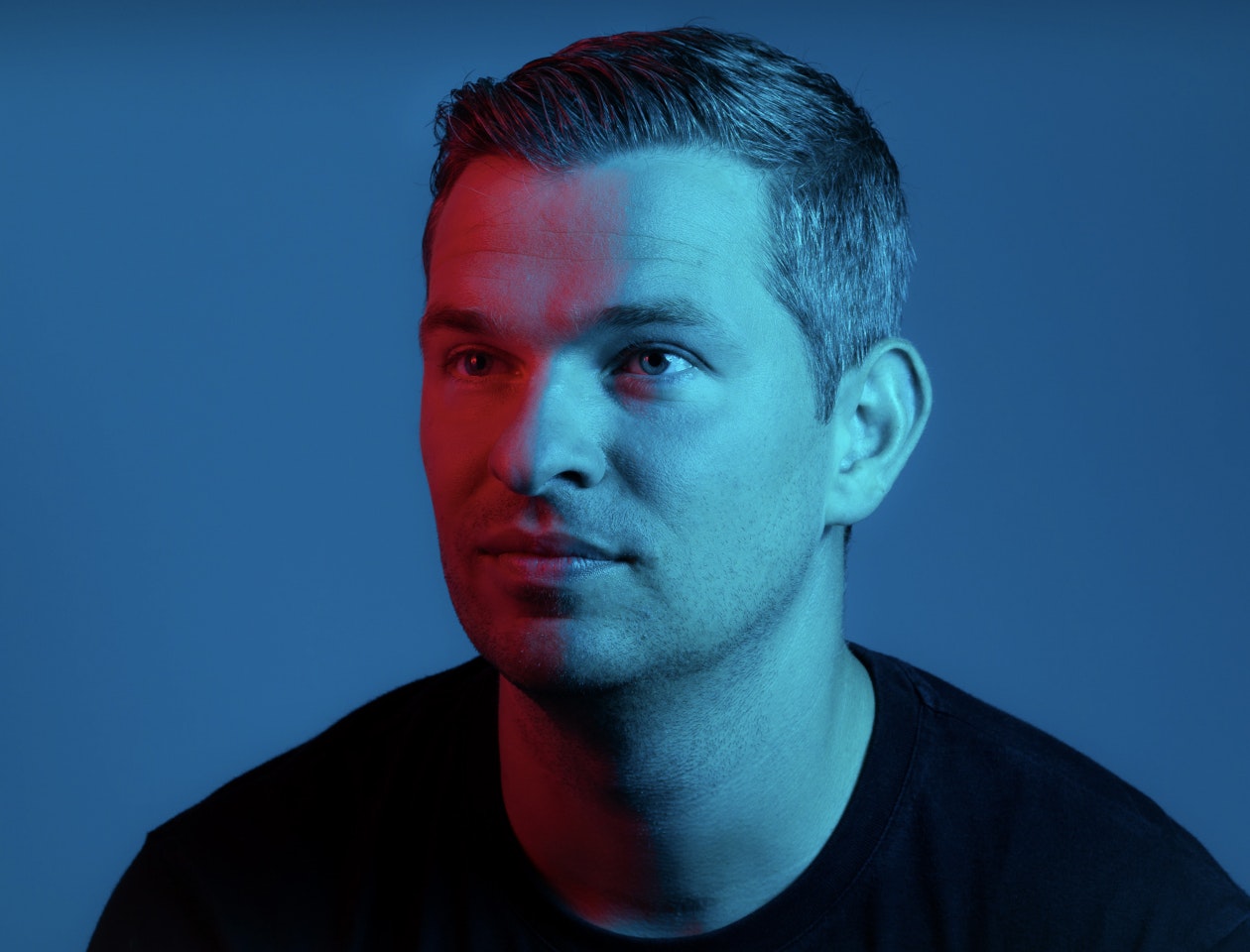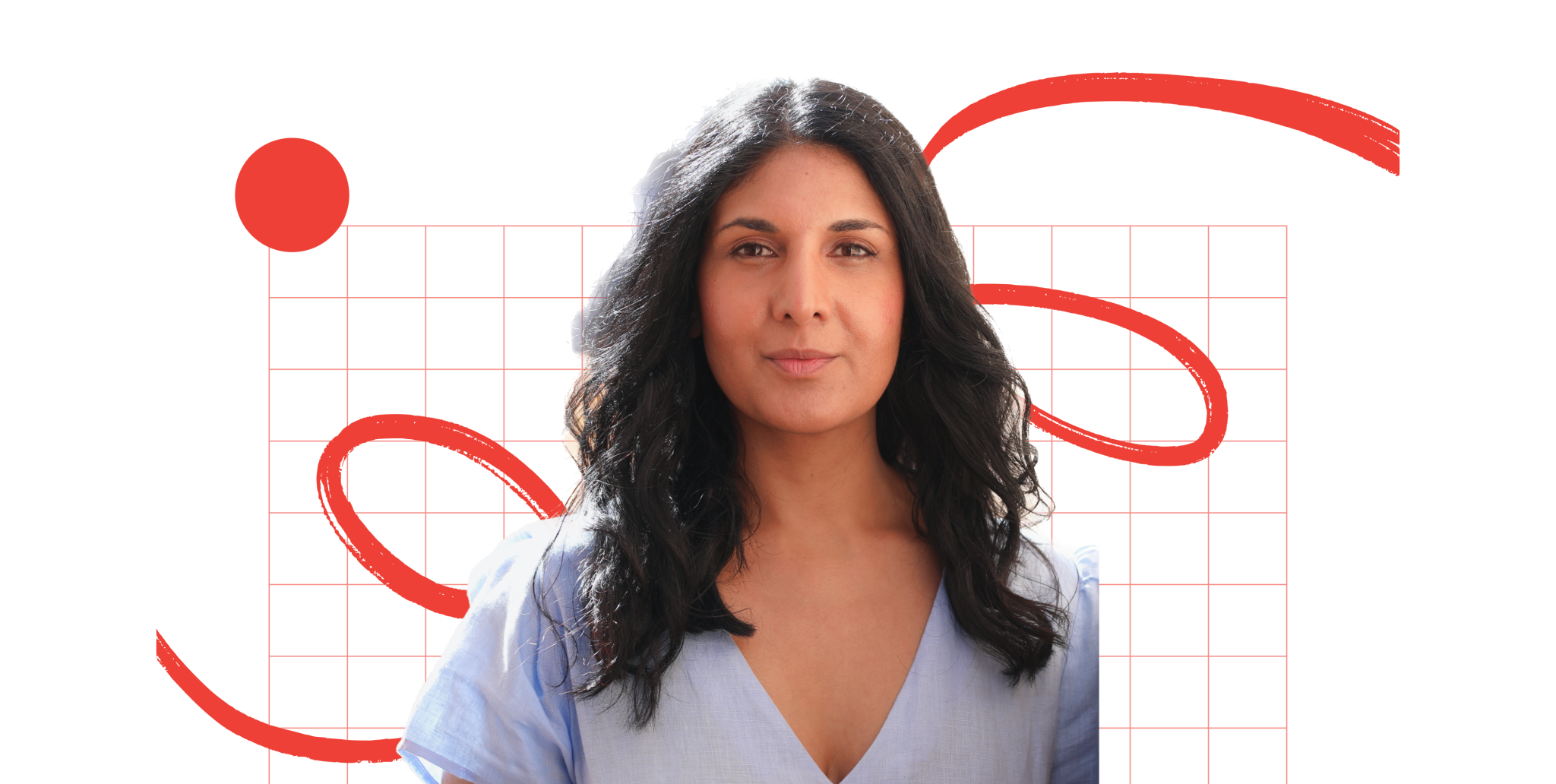Amina Aweis is a developer and web accessibility advocate at UX platform Silktide. She’s also a writer and YouTuber specialising in web accessibility, known for including British Sign Language interpreters in her videos. She started her career in the film industry where transcribing scripts, captioning films and working with disabled people showed her that people with disabilities interact with the world differently. Who better to chat to for top tips on making websites more accessible?
This Q&A first appeared in our weekly Startup Life newsletter. For more insights like this, sign up here.
Design with integrity
Think of accessibility as that one friend in the group chat that always goes above and beyond to try and include everyone — they check the weather, location, dietary requirements and if buggies or wheelchairs can be accommodated. This should be the standard. And the web is the same — if you think about everyone, accessibility becomes the default. Lack of accessibility is by design.
Engage with disabled people
Disability is a spectrum of experiences so you need to approach accessibility with a mindset of one shoe does not fit all. Stop tiptoeing around disabled folk — learn from them and pay them for their expertise and knowledge. Also, stop underestimating the spending power of the disabled community — accessibility also makes financial sense.
Accessibility goes beyond a few alt tags and captions
Learning about accessibility is a journey. EdEx’s course on web accessibility is a good place to begin. Test your site’s accessibility with something like Wave or Silktide. Combine software testing with manual testing from real users — including those using assistive technologies like screen readers. Silktide has a blog on all things accessibility and an introduction to how all users are affected by poor accessibility.
It’s not one person’s responsibility
In house training for everyone is a must — developers, designers, content creators and marketers all need to understand the (complex) web content accessibility guidelines. You can find simplified explanations online or bring in external help. If your team is educated on the guidelines and you incorporate accessibility into your design process, it doesn’t take any longer to build an accessible site than a non-accessible site.
Accessibility is for everyone
It goes hand in hand with usability. People love good accessibility — auto-complete forms, responsive buttons, contrasting colours, decent font sizes... They are good for everyone that wants good user experience. You can’t push for better usability if accessibility isn’t part of it.


